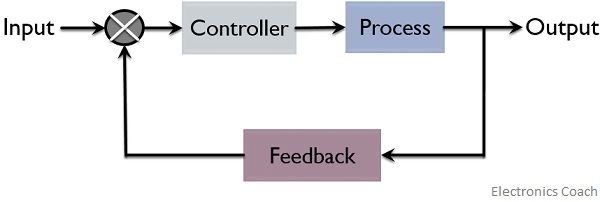 A closed-loop control system, also known as a feedback control system, is a type of control system where the control action is adjusted based on feedback from the system's output. In a closed-loop control system, the system continuously monitors its output and compares it to a desired setpoint or reference value. Any discrepancies between the actual output and the desired setpoint are used to adjust the control action, thereby regulating the system's behavior and maintaining desired performance.
A closed-loop control system, also known as a feedback control system, is a type of control system where the control action is adjusted based on feedback from the system's output. In a closed-loop control system, the system continuously monitors its output and compares it to a desired setpoint or reference value. Any discrepancies between the actual output and the desired setpoint are used to adjust the control action, thereby regulating the system's behavior and maintaining desired performance.
Key components of a closed-loop control system include:
Controller: The controller is responsible for generating the control signal based on the feedback from the system's output and the desired setpoint. The controller may use various algorithms and control strategies to compute the control signal, such as proportional-integral-derivative (PID) control, adaptive control, or model predictive control.
Feedback Sensor: The feedback sensor measures the system's output and provides feedback signals to the controller. The feedback sensor may measure various system variables, such as temperature, pressure, position, velocity, or other relevant parameters, depending on the application.
Actuator: The actuator receives the control signal from the controller and generates the necessary actuation or control action to adjust the system's behavior. The actuator may be a motor, valve, pump, heater, or other devices that can change the system's state or output.
Process or Plant: The process or plant refers to the system being controlled by the closed-loop control system. It could be a physical system, such as a manufacturing process, industrial machine, automotive system, or any other dynamic system that requires control.
Setpoint: The setpoint is the desired or target value that the system aims to achieve or maintain. The controller compares the actual output of the system to the setpoint and adjusts the control action to minimize the error between them.
The operation of a closed-loop control system typically involves the following steps:
Closed-loop control systems offer several advantages, including improved accuracy, stability, and robustness compared to open-loop control systems. They can effectively compensate for disturbances, uncertainties, and variations in the system, making them suitable for a wide range of control applications in industries such as manufacturing, aerospace, automotive, robotics, and process control.
Thank you,